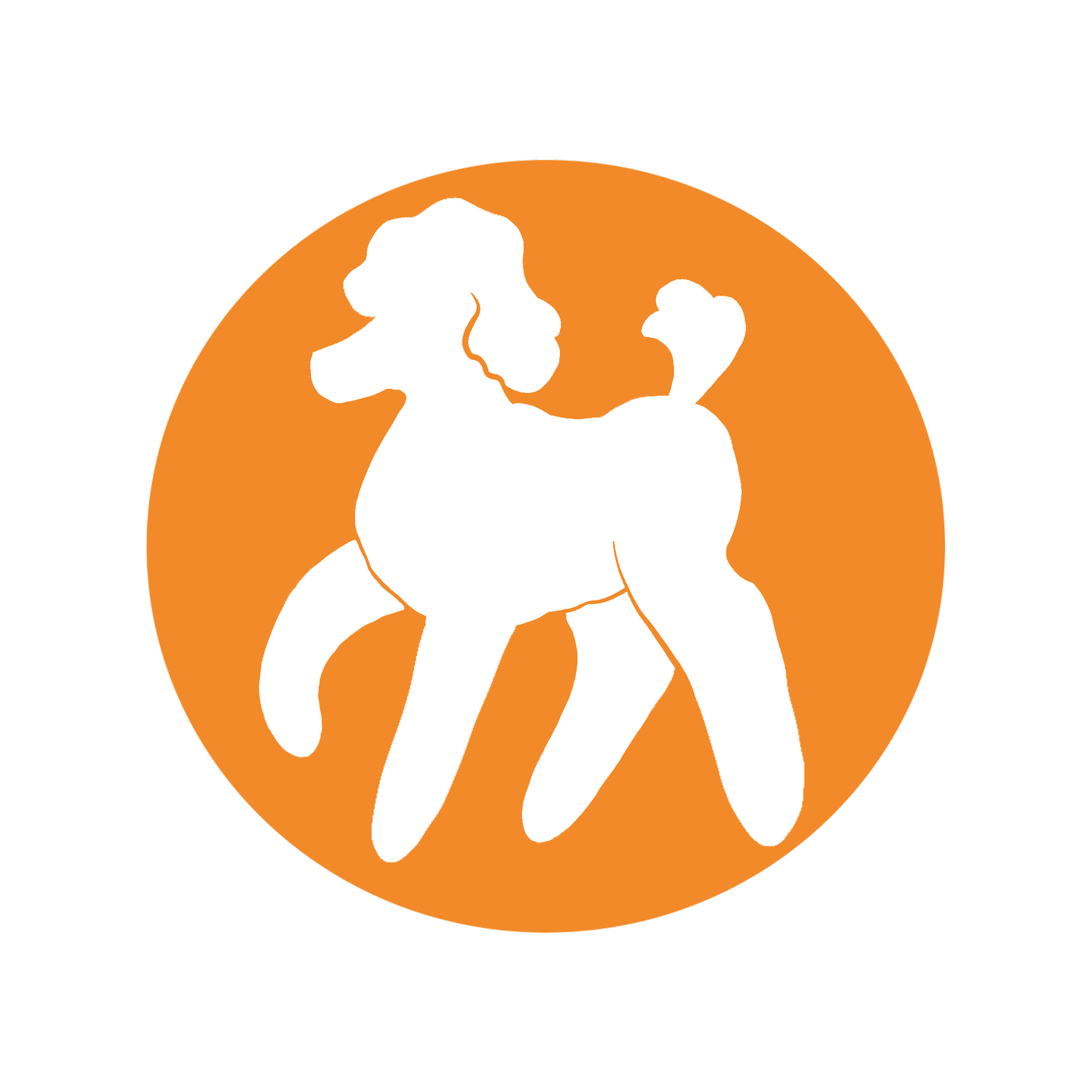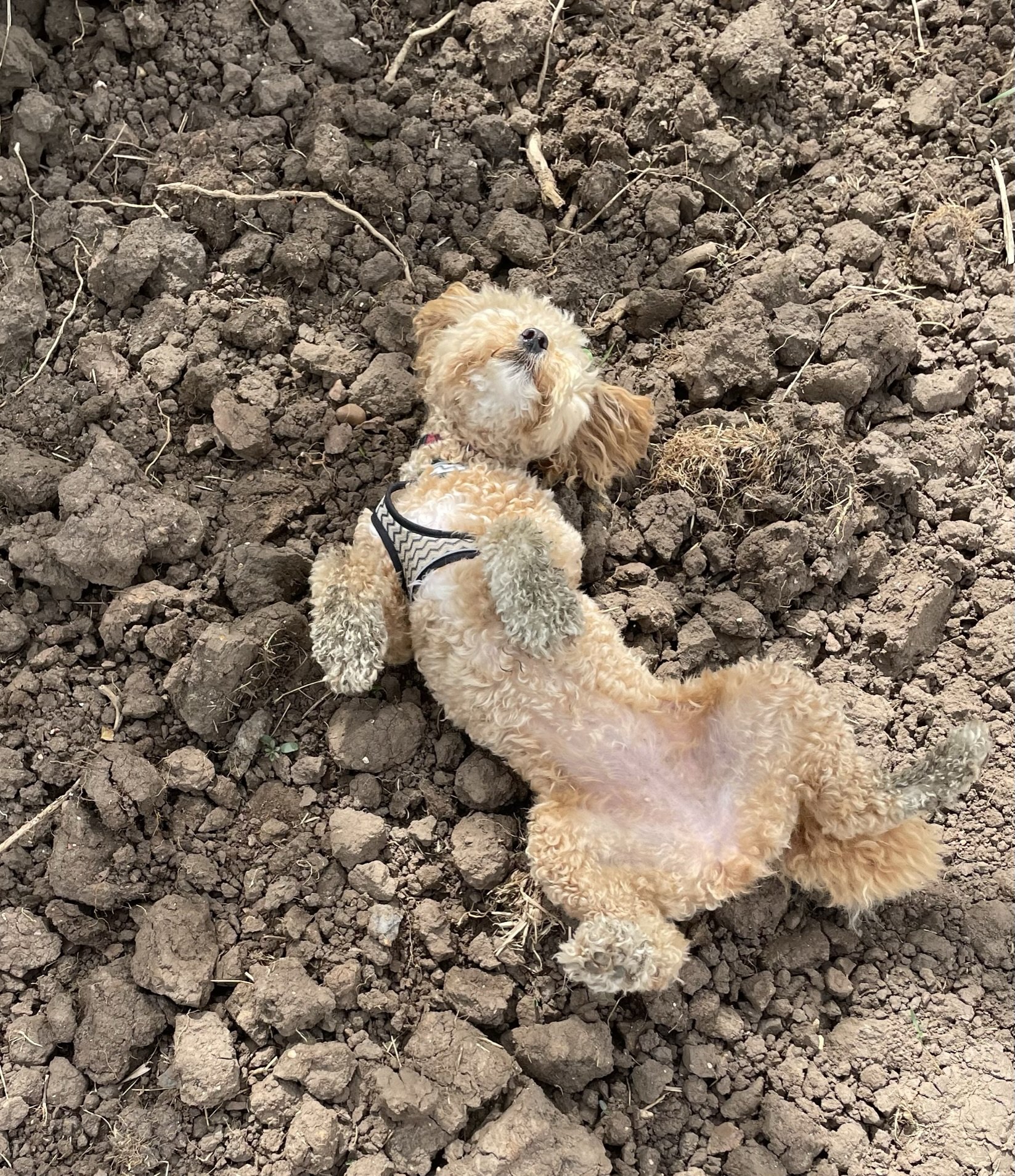Modelling
Modelling is the foundation of button communication. Taking some time to learn about modelling will set you up for success.
What is modelling?
Modelling might be a new concept to you, but really it’s just the term we use to mean “using word whenever we see or do anything that word describes”.
Button modelling is pressing a button when something is happening.
Verbal modelling is saying the relevant word when something is happening.
It’s fine to verbally model without pressing a button, but if you are pressing the button you should also be modeling verbally.
Why do we model?
Pressing buttons and saying our button words as often as possible, in an appropriate context, is the way that our learners understand what the words mean. It’s also how they figure out how buttons work.
When we talk about modelling we’re not just looking at pressing buttons (or using words verbally that we don’t have a button for yet) before and during learner actions, but any time they might observe that action, object or state. It’s important that we don’t let the concept behind the word become so vague or unspecific that it’s meaningless, but broad use of each word is great.
When should I model?
All the time!
A good way to think about modelling is that you're narrating the course of your day as much as you can with the buttons you have.
The caveat to modelling as much as we can that is we want learners to see the buttons as a way *to* fun things, not a barrier, so make sure you’re not delaying activities through your modelling and making them feel frustrating.
It’s important to press buttons right before activities, but there’s lots to be gained from using them during activities or modelling verbally, so don’t feel that you have to go to your soundboard before you can begin something.
Also, do not worry about your learner paying attention to you. Or rather, don’t worry about them appearing to pay attention to you. Some folks think that if their learner isn’t sitting still near the board and watching attentively that they aren’t learning. That’s not the case. Our learners are always paying attention to us all the time. Modelling can be as casual as you tapping “Outside” with your foot on the way to the door. You don’t need to stop and make a big production of it every time.
This seems awkward and clunky
Lot’s of stuff about having a pet is awkward. Doubly so once they learn to talk.
If you’re not used to talking to your learner all the time it will seem a bit strange at first, but it’s something you need to get comfortable with. You might feel silly saying “ walk”, “Bertie walk” twenty times on a walk, but it’s the best way to link the word to the activity.
Choosing the right word helps. It’s why we always recommend trying words out for a few days before you commit to putting them on a button. If you’re finding modelling hard because the words or concepts we talk about don’t fit in with your household or feel natural to you, just pick a word that is a better fit. You might have seen words like “scritches” or “pets” used, but if “stroke” or “fusses” is the word you usually use and feels most natural to describe that activity then go with that. You’re building a shared dictionary with your learner, not teaching them formal English (or Dutch or Spanish, or whatever language you’re teaching in) so don’t worry about using the words that you use in your family over the ones you’ve seen on social media.
Model broadly
By ‘model broadly’ we mean use the word in as many different circumstances as you can.
Modelling words broadly is a great way to help learners understand the meaning of the word and their importance, but it also helps them generalise the words and demonstrates a really important foundational principle - that buttons can be used to talk about anything and anyone, at any time.
So, think about the concept behind your word and try to use that word in any situations your learner experiences or observes where that concept applies. Use your words when talking about yourself, when out of the house, for things you see as well as do, and apply them to other animals and humans. Only use them in situations your learner understands though, you don’t want to be so broad as to be confusing.
Think about the words you have on the board and what the concept behind that word is.
Let’s take “Outside” as the word, and the concept behind that word is “outside spaces not in your home”.
You’ll press “Outside” before going outside.
But “Outside” isn’t just when your learner is actually let outside, it applies the whole time you’re there - so keep saying “outside”. Use the word when you play in the garden “outside play”, or go for a walk “outside walk”. You can press or say the words when you go outside alone “Dad Outside”, or when you look out of the window and see a bird “bird Outside”, “rain Outside” etc etc.
Remember to use your button words when activities end - “All Done Outside”
Just be careful to keep your modelling in line with the concept, and try to cut out any casual use of the word that isn’t consistent with its meaning. You wouldn’t label dad going out of the living room to the kitchen as “dad Outside” as that’s not consistent with the concept behind the word.
Bunny is “outside”
Bunny “outside play”
Bunny is “outside happy”
Bunny is “outside countryside walk happy play”
Lizzy is used to it.
How many words should I use together, and what is modeling one step up?
When you can, try to modelling one step above where your learner is at so you’re not being confusing. Even when your learner understands lots of words, figuring out how buttons work is a brand new skill that takes time. Simplifying your language makes things clear for your learner.
In general terms, think about the level of understanding your learner has when you decide how many buttons to press in one go. If your learner isn't using the buttons consistently yet, is still not sure how they work or what the words on them mean, then combining two words - “Play, Outside” - is probably going to be confusing. Press single buttons most of the time (repeatedly), until your learner at least is showing you they understand the meaning of the words on the buttons by reacting appropriately - such as going to the door when you press “Outside”.
You can and will model verbally with two or more words and sentences - “play outside”, “outside all done”, “play all done” - but try to model simply as much as possible, even when you’re modelling verbally.
Nobody is expecting you to turn into a robot or never talk in sentences, but this is really new and unnatural for an animal so let’s try to help them as much as possible! Even if your learner already hears the button words when you talk to them in everyday speech, they still need to learn that those words are on the buttons, and what the buttons do.
Once you’re confident your learner is consistently using most of their words correctly you can step up to modeling two word phrases. If your learner begins to combine buttons into phrases of their own then you can get more complicated with your sentences “Mum and Ginger play outside now, then cuddles”. Your learner might rarely or never create a sentence that complicated themselves, but an advanced learner will understand what those words in sequence mean.
So how do I model one step up?
We’ve just explained why we simplify our language and think about the level our learner is at when we model. It’s a good idea to use‘modelling up’ as a guide as it helps you model in a way that is clear to your learner at their current button comprehension level. In practice that means modelling one level higher than your leaner is aware of, so if a learner doesn’t understand what buttons do or that each one has a different meaning then model one word at a time, when they’re understanding and pressing one word, model two at a time and so on. You’re going to use more complex sentences in between and that’s fine, but try to think about that rule of thumb when you can.
Let’s walk through an example.
When Ginger goes into the garden to play you begin by pressing “Outside” when you go outside, and then say “Play” when you’re playing.
Then when she’s pressing outside and understands it -
“Play Outside” “Ball Outside” “Ginger Outside”
Then when she’s starting to combine two words -
“Play Ball Outside” “Ginger Fred Play Outside” “Fred Fetch Outside”
Then more complex sentences like -
“Ginger Play Ball Outside, Happy Ginger”
This kind of deliberate word use can be really helpful with animals even if you aren’t using buttons. Simplifying your language and using the same word consistently (ie: “Food” at every meal instead of “Lunch,” “Dinner,” “Kibbles,” “Who’s a Hungry Girl?”) will help them know what all of your human chatter they should focus on and pay attention to.
Takeaway points
Modelling is using the words you’ve chosen for your buttons to talk about things you do with your learner, or that they see happen. Model as much as you can, right before the activity and throughout.
To model:
Press the appropriate button or say the word on your button just before that activity is going to happen.
Keep using the word throughout an activity.
Narrate everything that happens, and label things your learner sees
Remember:
It will help your learner grasp the meaning of the word you’re modelling if they hear the word applied in lots of relevant contexts.
You don’t need to draw your learner’s attention to the button or the thing you’re talking about.
Model every time that concept comes up, when it’s applied to any animal, or any human.
Don’t press buttons if that delays things too much, as that can be frustrating.


